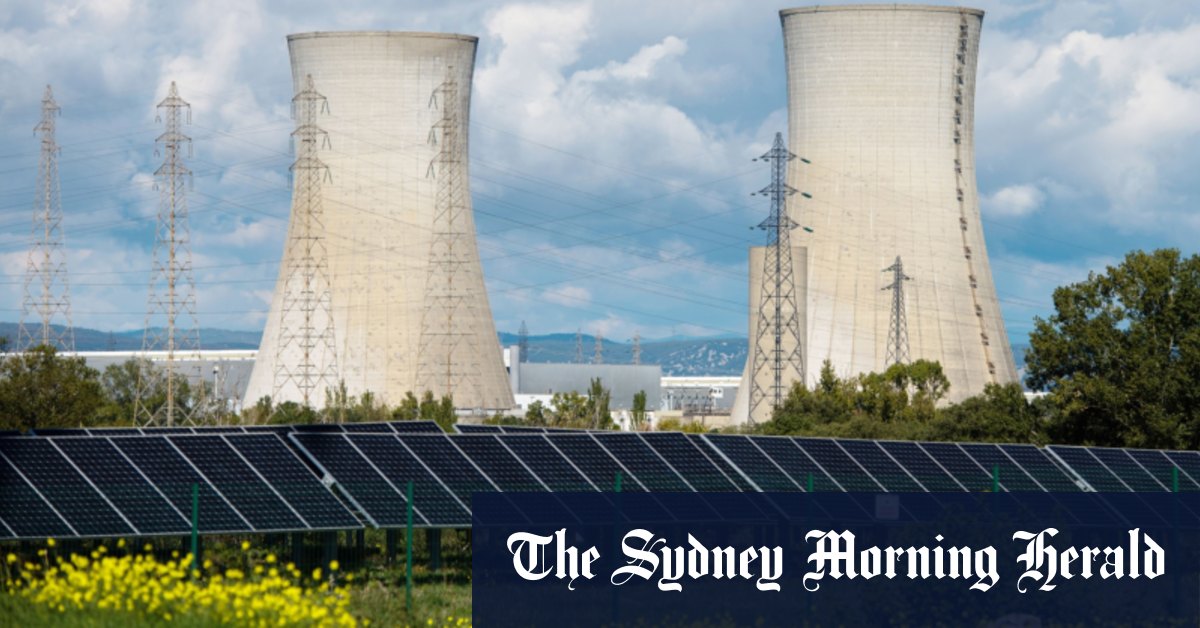
His criticisms prompted Hilton to write an open letter defending the integrity and neutrality of the report, which comes out every year and is aimed at investors.
“The GenCost report can be trusted by all our elected representatives, irrespective of whether they are advocating for electricity generation by renewables, coal, gas or nuclear energy,” Hilton said.
Responding to criticisms of previous reports, CSIRO included in the cost of renewables a bill for $40 billion worth of transmission lines – needed to link all the new solar and wind farms to population centres – as well as batteries and pumped hydro to back up power supplies when the wind isn’t blowing and the sun isn’t shining.
But even including this cost, renewables came out far cheaper than investing in several nuclear plants. The report noted that the cost of plugging nuclear into the grid remained unknown.
GenCost uses the metric known as “the levelised cost” of electricity. This is how much it costs for a power plant to generate electricity, including capital expenditure as well as the revenue required to create a return on investment.
To calculate the cost of building a nuclear reactor in Australia, CSIRO looked to countries where nuclear power is established, and selected South Korea to deliver what it said was a conservative estimate.
The final $16 billion figure was extrapolated using as a rule of thumb the fact that a modern coal plant costs on average 2.8 times more to build in Australia than in South Korea, the closest comparable economy that uses nuclear power.
CSIRO said based on this costing, a 1 gigawatt nuclear reactor, which is small compared to global standards, would cost at least $8.6 billion to build in Australia, but the report said that the first reactor to be built under any such scheme would likely cost double because of the expense of kickstarting the industry from scratch.
Citing the recent cost blow out of the Snowy 2.0 pumped hydro project, which rose from $6 billion to $12 billion in 2023, “premiums of up to 100 per cent cannot be ruled out”, the report said.
CSIRO calculates costs of $8 billion per reactor would only be achieved after at least five and possibly 10 reactors are built because these efficiencies are “only achievable for a steady, continuous building program”.
Loading
The report also estimates the cost of electricity now and into the future, considering efficiency gains that will lower the costs of technologies.
It said the cheapest electricity will come from a grid drawing 90 per cent of its power from renewables, which would supply electricity for a cost between $89 and $128 per megawatt hour by 2030.
A large scale nuclear reactor would supply power for $136 to $226 per megawatt hour by 2040
Small modular reactors, a nascent technology not yet in commercial use but favoured by the opposition, are even more expensive – between $171 to $366 per megawatt hour by 2040.
Cut through the noise of federal politics with news, views and expert analysis. Subscribers can sign up to our weekly Inside Politics newsletter.
Read More: World News | Entertainment News | Celeb News
SMH








